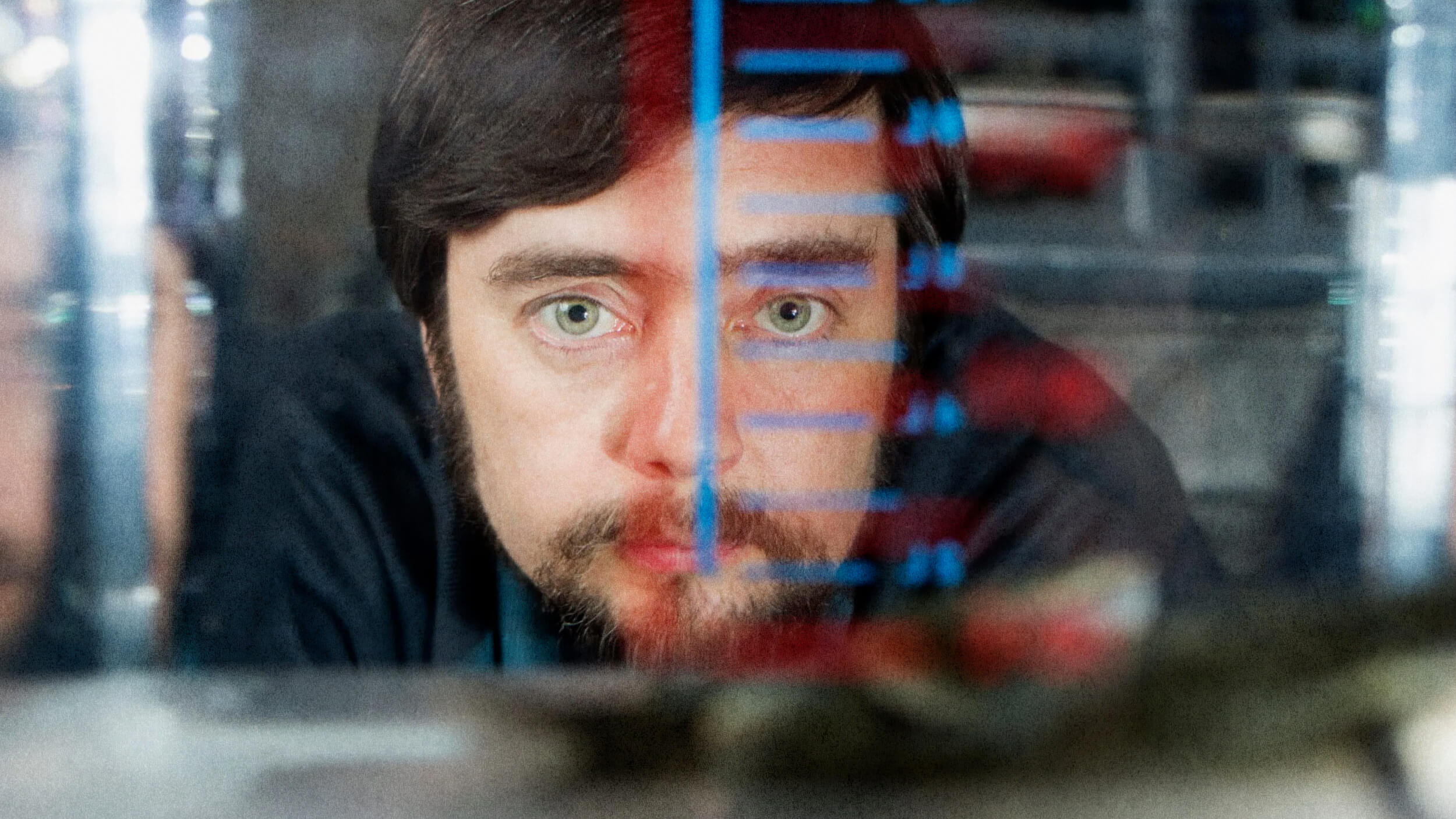The comedian explains the inspiration behind the series on bizarre animals.
Question: Why is Flanimals so popular?
Gervais: Well, I’d like to say that it was… it was different and inflame children’s imaginations. But the honest truth is, the success of it was due to… it was written by the blog of the tele, you know. I didn’t write it after, I wrote it years ago. But… You know, finally it got a publishing deal and sold a million. It was certainly due to my profiling in celebrity firstly. But then, it’s whether it sticks around or not and, you know, catches on, which hopefully it’s done… The film’s in development with the guy who did… the guys who did “The Simpsons Movie” so it seems to be getting into the common consciousness a little bit, which is fun. But that was a labor of love. You know, I did those… I invented those creatures 25 years ago to make my nephew laugh. And I’ve always explored nature. It’s my first love of science and nature and… So… There’s a few themes going on there. Obviously, I’m deconstructing evolution. And the thing about the natural world and the animal kingdom is the… there’s nothing stranger than real animals. There’s nothing more remarkable than the difference between a bee and an elephant or, you know, pollination, you know. So you have to go into the realms of the surreal to get stranger than, you know, real things. I am… I talk about science. My new [toy] I’m working up is called Science and I say at one point… I’m talking about spiders and I said, “There’s 37,000 different species of spider, 37,000 different species.” I mean, there are millions, billions of each species, trillions… Just the tonnage of spiders in this world is ridiculous. And I say, “That’s just… that’s just one class of arthropod.” And I go, “Which makes me think this book isn’t completely accurate.” And I bring out the children’s book of Noah and I start reading it and deconstructing Noah’s ark. I was talking to Karl Pilkington, the guy I did the audio books with, and I was saying to him, you know, “Of course, it can’t be true.” Of course, it can’t be true. How could they get… There might be 4 million species of animal for all we know. I said, “How do they get all on one boat?” He said, “It was a big boat.” I went, “Oh yeah. Okay, it… Okay, even if the boat was big enough, why didn’t all the animals attack, why didn’t the lions eat the antelope, why…” He went, “‘Cause he always pull together in a crisis.” The man’s a [fool].






